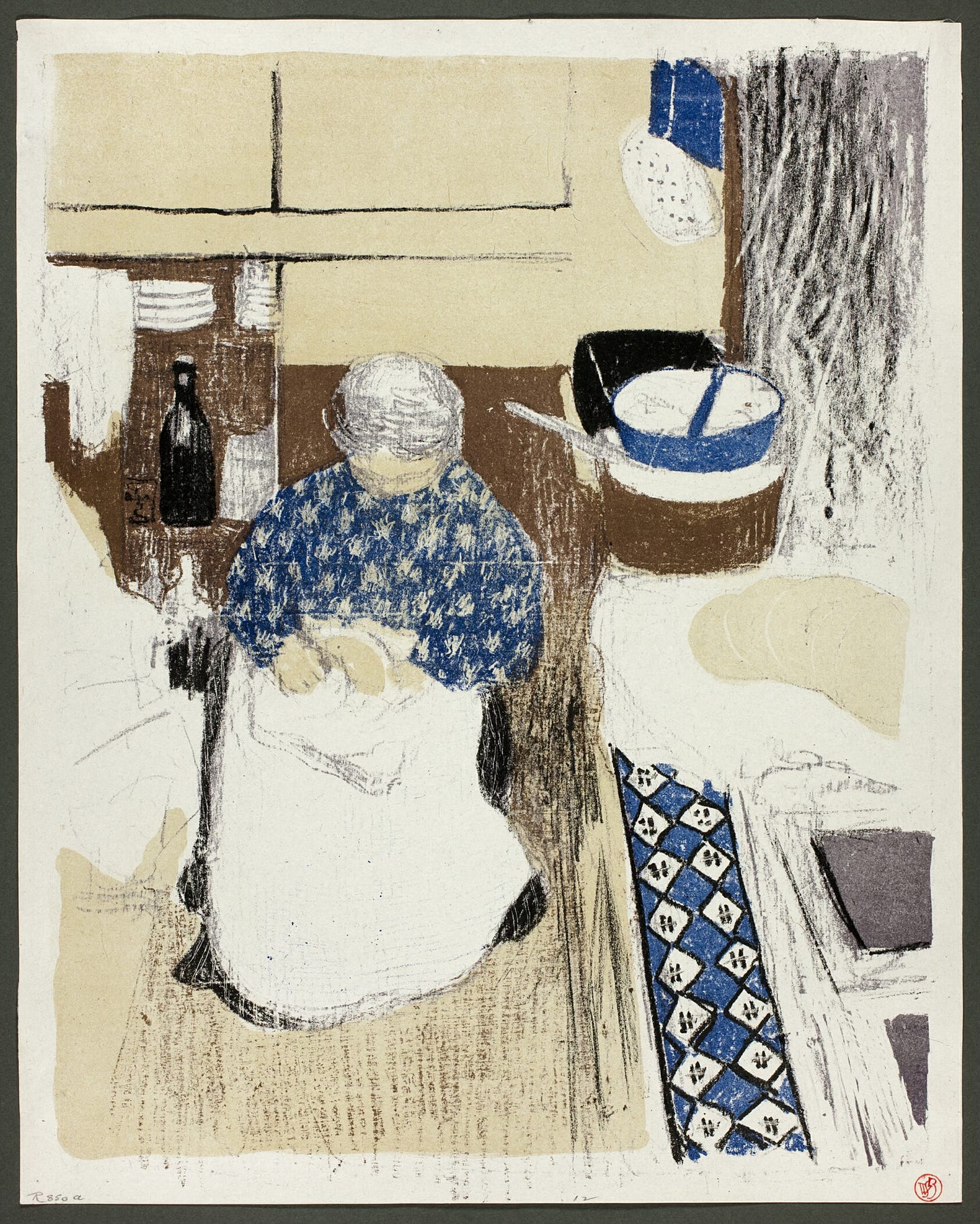Dear RP Subscribers,
We are proud to present a Spring-Summer volume of essays around the theme of “A Digital Feast: Working with Archives, Collections, and Recipe Books,” co-edited by Heather Froehlich and R.A. Kashanipour. For scholars, students, and just fans of historical recipes, it can be difficult to keep up with the changing digital landscape. Librarians the world over have been digitizing cookbooks, medical books, and family recipes at an unparalleled pace. Early planning for this volume sought to emphasize the ways that librarians, archivists, and practitioners are bringing historical collections into our modern screen-powered age. Many libraries are actively growing their recipe book collections and are eager to provide them as resources for teaching, research, and public collaboration. But, of course, recipes are all written for consumption! This volume contains a sampling of works from some of the most noteworthy digital collections of recipe books.
Historical recipe collections center communities in place and time and represent important areas of outreach and collaboration between local groups, international scholars, and archival institutions. In “Sifting Through the Archives: Creating Community Through Experiential Historic Baking,” Maggie Vanderford, Julie McLoone, and Kira Dietz describe how they turned March 14th into “Historic Pie Day”, pulling together a rich tapestry of historical recipe book collections and some highlights for people to cook at home and share the outcomes annually. In “The Barclay Manuscript” (coming July 1), Marissa Nicosia and Christina Riehman-Murphy, with Clara Drummond, describe how a one-off manuscript cookbook housed in Special Collections offers rich engagement with the past and in the present – through transcribing the book and recreating dye recipes for inclusion in an exhibition.
Digital collections also offer new entry points for old collections. Steph Noel discusses some of the ways UTSA has been able to leverage their large collection of Spanish colonial and post-independence Mexican cookbooks through their digital collection using contentDM as their point of delivery. Elisa Tersingi takes this one step further, providing a vantage point of how one may use text analysis techniques to leverage the collections-as-data model. In her essay (coming July 4), Elisa shows how transcribed receipt books held at the Folger Shakespeare Library can be analyzed with a birds-eye view using resources like Voyant Tools to identify individual ingredients and vocabulary commonalities across a collection.
The issue of discoverabilty looms large on disparate digital platforms. We may know we have these objects, but it may not be obvious how to search for them or find their contents. Increasingly, Galleries, Archives, Libraries, and Museums are providing platforms for delivering digital content from their collections to widen access to these materials. James Edward Malin and Gary Thompson provide two examples of how it can be difficult to trace the same information across more than one institutional approach. In their essay “Pasta, Pasta, or Maccheroni? Obstacles in the Digital Culinary History, parts 1 and 2” (coming June 24 and 27), they suggest a need for developing a controlled vocabulary and illustrating some of the metadata issues that could make searching across collections more efficient.
Finally, Anne Holloway (coming in mid-July) provides an intercontinental perspective on bringing people together to bake around culturally recognizable touchstones in her piece. The Great Rare Books Bakeoff, a friendly competition between Penn State University Libraries and Monash University Libraries, highlighted the value of cross-national engagement. Historical recipes from both Australia and the USA are selected as representative for each country, and bakers from both places are encouraged to try their hand at something that might be unfamiliar (such as the Pennsylvania regional shoe-fly pie for the Australians, and the Australian tea-time classic lamingtons for the Americans).
Bringing together outreach, discoverability, and historical recipes, “A Digital Feast” aims to provide a sampler platter for duplicitous ways historical recipe collections online can reach new audiences and find second, third, or even fourth lives – bringing recipes from the past together with the present, and ensuring they continue to nourish us.
Happy summer, and happy reading!
The RP Editorial Team


